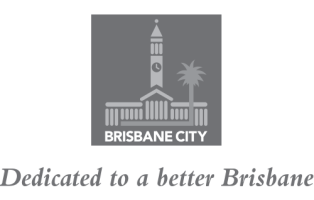Morgan Woolston
Looking Back, Moving Forward
Characterised by a diverse community, Wacol today is a reflection of a dense history steeped with historic landmarks, semi-industrial areas and correctional centres. However there is a lot more to Wacol’s past than meets the eye.
The natural resources of this land provided Wacol with an opportunity to establish an industry for its community. This provided employment and enabled the development of schools and churches. One of Wacol’s most historic landmarks is the ‘Wolston House’ which remains an essential insight into Wacol’s foundation.
Wacol was also a place of recovery and training for troops affected by the war, as well later becoming a centre for migration. Today, Wacol is most commonly known for its correctional centres. The use of prison bars intertwined with flowering vines symbolises an aspect of Wacol’s correctional centres that may not be considered ‘likable,’ however, the intent is to acknowledge the significant role these places play in our society.
The focal point of the design is to enlighten the community about its rich Indigenous culture. The traditional custodians of the land were known as the Yerongpan clan of Oxley Creek, who spoke the Turrbal language. The use of native flowers, traditional dot painting and animals associated with Wacol, represent the deep history that has been embedded long before the ‘Wolston House’ and correctional centres. This design embodies an immersion of history, development and traditional indigenous culture into one harmonious piece binded by the community that surrounds Brisbane.
- Box ID
- B0654
- Address
- Boundary Rd & Progress Rd, Wacol QLD
- Additional Artists
- Students from the YMCA Vocational School at Ipswich
- Organisation
- YMCA Vocational School
- Painted

Artforce is an initiative of Brisbane City Council managed by Urban Smart Projects.




